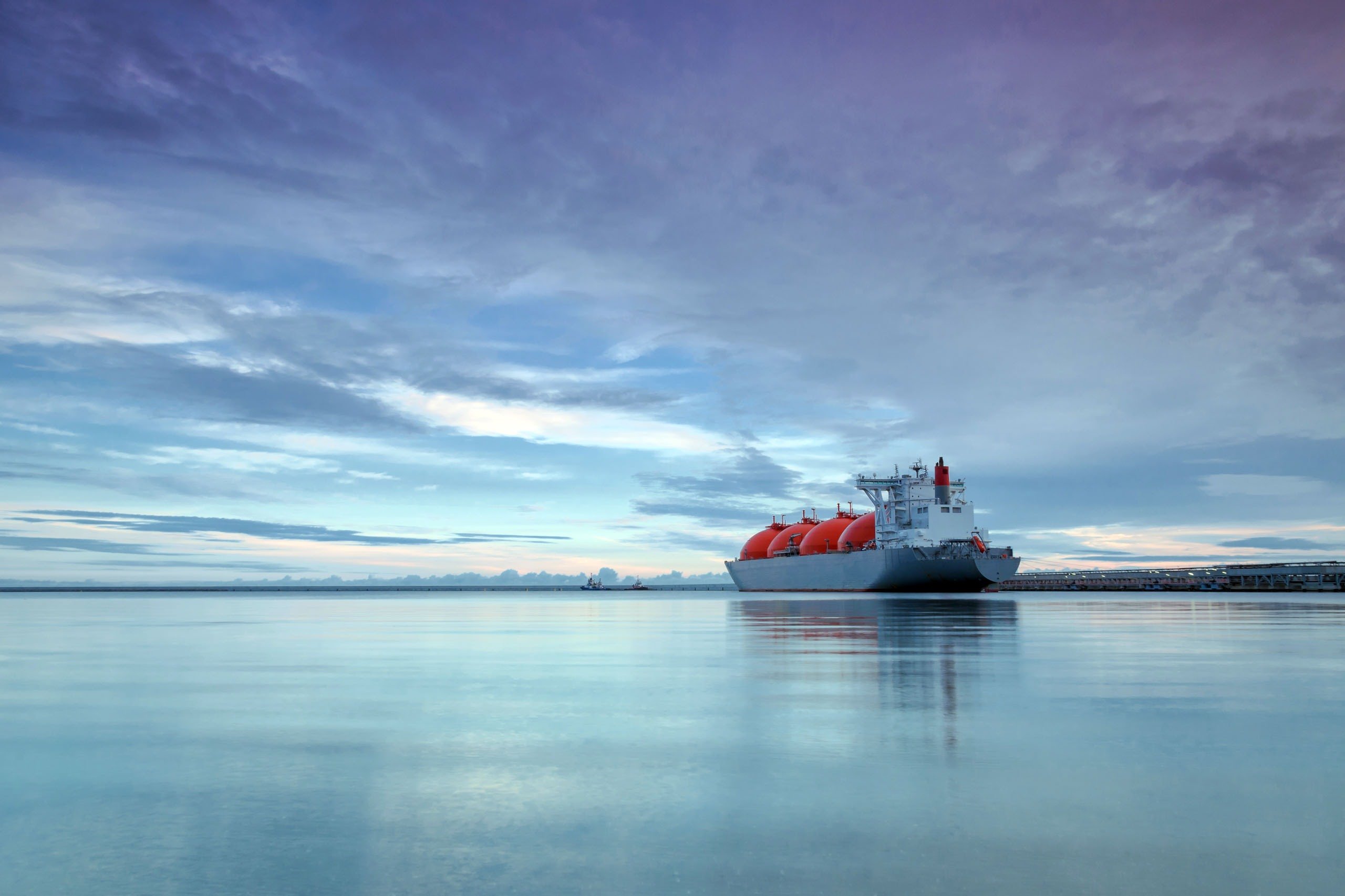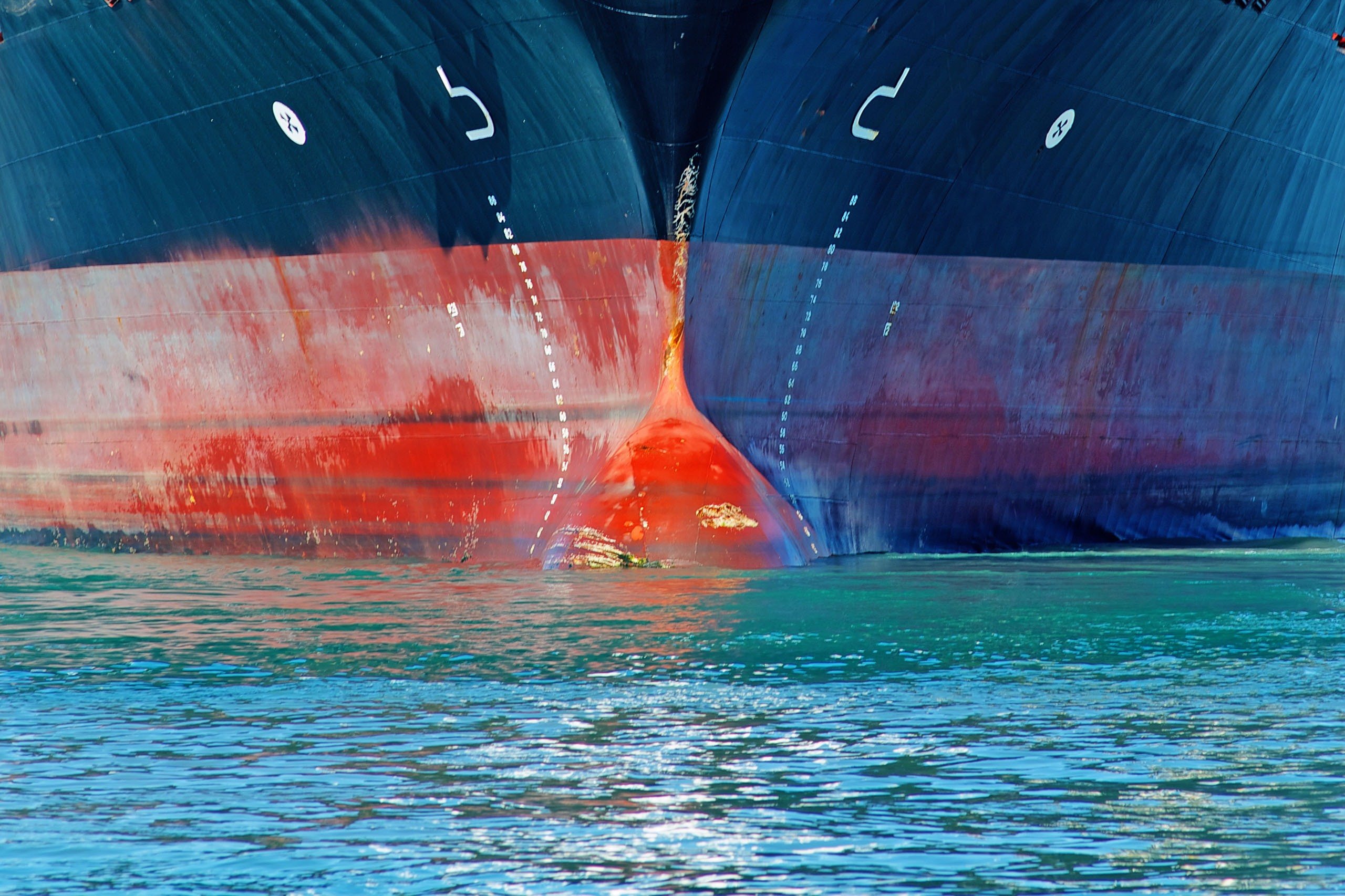
Introduction
As the shipping industry works to address emerging emissions-related regulatory issues and anticipate future efforts to reduce carbon emissions, orders for alternative fuel ships continue to rise steadily. Biofuels and LNG are already popular, and interest in methanol is also growing.
As indicated in DNV’s Alternative Fuel Insight database, LNG remains the preferred choice for dual-fuel ships. The database also points to growth in other sectors, particularly dual-fuel methanol, and dual-fuel LPG.
Methanol is a fundamental building block for hundreds of essential chemical commodities that contribute to our daily lives, such as building materials, plastic packaging, paints, and coatings. It has been among the top five maritime chemical commodities being handled safely as cargo for decades.
Environmental advantages
From an environmental perspective, methanol has a number of attractive attributes:
- Methanol is miscible with water and readily biodegradable in aerobic and aquatic environments. Methanol is no more toxic than diesel or gasoline and, with a half-life in surface water of one to seven days, there is less impact on the marine environment in the event of a spill or leak.
- The clean combustion characteristics of methanol significantly reduce SOx and PM emissions because the methanol molecule (CH3 OH) contains no sulphur and no carbon-carbon bonds that create particulates. Methanol also has a lower adiabatic flame temperature than diesel, which can lower the peak cylinder temperature and limit NOx formation during combustion. To meet IMO Stage III NOx emission levels, however, after-treatment systems may be required when methanol is used as a marine fuel.
Practical advantages
- Methanol also offers practical advantages for storage and bunkering as, being a liquid at ambient temperatures, there is no need for it to be stored in pressurised fuel tanks, nor for special materials suitable for cryogenic temperatures.
- Another positive factor regarding methanol is that the engine technology for methanol already exists, and interim regulatory guidelines for its use on ships as a fuel are already in place.
Production
Although the technology required to produce methanol fuel is mature, the bulk of the methanol currently being produced is from fossil fuel sources, primarily through steam-reforming of natural gas. There are already companies producing methanol from renewable sources, however, and more companies are developing processes to produce methanol from renewable sources such as biomass and E-methanol.
E-methanol is produced by combining green hydrogen from electrolysis of water using renewable electricity and carbon dioxide sources. These production processes will need to be scaled up significantly if there is to be widespread adoption in the maritime sector. In order to achieve significant gains in emissions and address concerns regarding sourcing and scalability, methanol production must also transition from brown and blue methanol to green methanol.
Recently, Canadian methanol producer Methanex and Mitsui OSK Lines (MOL) have announced the successful completion of a net-zero journey across the Atlantic using bio-methanol.
Bunkering
Methanol bunkering facilities have not yet been developed for ocean shipping. Bunkering is only possible by truck or with small bunker ships. However, existing facilities can easily be converted to supply methanol.
Disadvantages
- Due to its density and lower heating value, methanol fuel tanks are about 2.5 times larger than oil tanks for the same energy content.
- Methanol is toxic, flammable, and can be explosive; it must therefore be stored and handled carefully. Methanol has a flash point of around 11°C and is considered a low flash point fuel; further, methanol burns with an invisible blue flame. Ships using methanol as fuel must therefore be specially designed to protect the crew and ensure the safety of operations. The use of methanol has been around for some time, but its application in shipping as a marine fuel only began a few years ago with the conversion of the RoPax ferry Stena Germanica. Because of the relatively small number of ships operating on methanol, little practical experience is available.
- As with any new systems, there will be a heightened risk of machinery-related breakdowns and stoppages as the new technology beds down, and the crew adapts to new procedures and develops adequate problem-solving expertise related to methanol as fuel.
Ship design and operations
Ship designers and operators opting for methanol need to understand the hazards well and bring them within manageable levels through measures such as double-walled piping and components, alarms with shutdown and purge arrangements, suitable fire extinguishing medium, appropriate fire detection and suppression systems, monitoring systems for leak detection, and continuous ventilation.
Particular attention must be paid to handling fuel with a low flash point, with the right combination of sensors, injectors and appropriate barriers provided. Also, the low viscosity and lubricity issues needs careful management.
Safety should remain core in the development of new fuel, and the crew will also need to understand the onboard risks and how they can be mitigated.
Mitigation of adoption risks
Although methanol offers some clear advantages, it also presents new particular risks and challenges. It adoption will therefore require seafarers to obtain new skills and knowledge through focused training. The UK Club is committed to supporting all its Members in their efforts to adopt new technologies such as methanol as part of their efforts to transition to a safer and more sustainable future.





